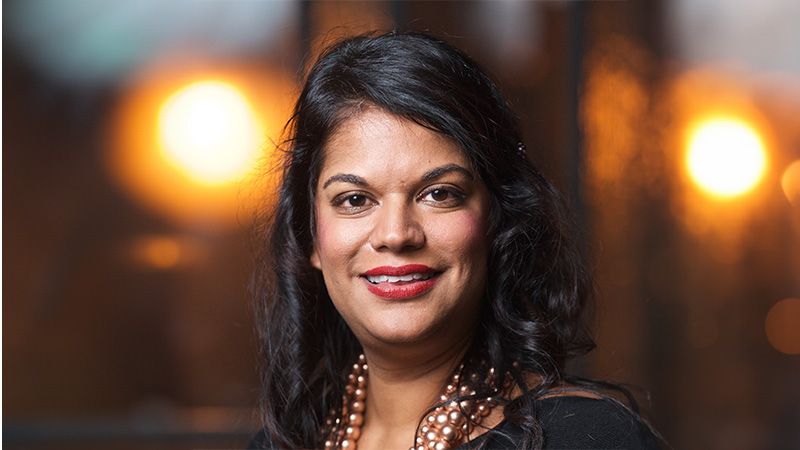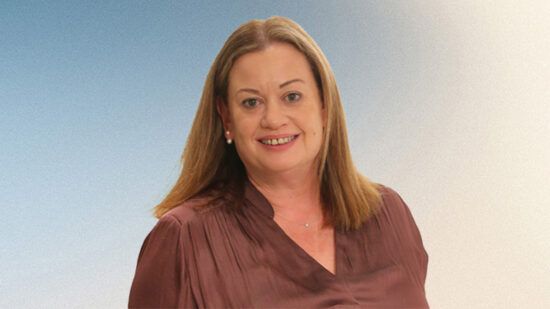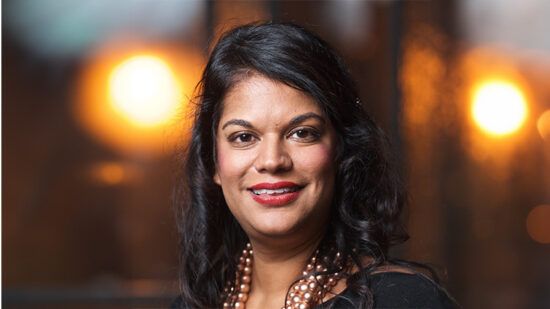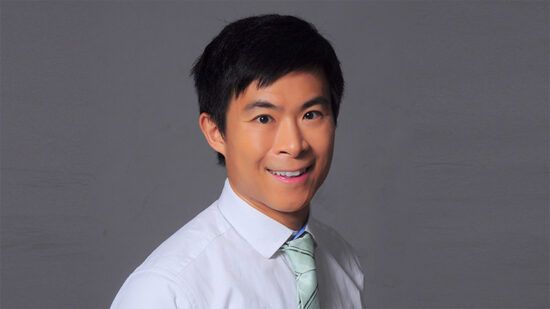As the investment industry continues to grapple with geopolitical volatility, market shocks and shifting client demands, the role of fund selectors has never been more critical – or more complex. And it was a recurring theme from a recent panel session at our Investors ACT conference. The message from fund gatekeepers was clear: in a world where black swan events are inevitable, the biggest differentiator – and risk mitigator – is culture.
Investment professionals from across the fund research spectrum are looking at non-financial data points, especially around corporate culture, as now essential inputs into fund selection. For fund selectors tasked with identifying long-term, resilient strategies, these “intangibles” may in fact be the most vital clues to a manager’s future performance and potential blind spots.
From black swan to boardroom
Black swan events – whether triggered by ego-led leadership, weak internal controls or key person risk – often trace back to a deeper cultural flaw. Whereas before fund researchers would focus on team and process, they are now asking about the firm’s culture and whether it is lived and believed by the people that work there.
Ideally, investors need a research process that catches issues before they escalate – Emma Wall, head of platform investments at Hargreaves Lansdown, pointed to microaggressions and the presence (or absence) of psychological safety as critical early indicators in our event panel.
Transparency and authenticity
For some, culture is more than values and initiatives, it is an anchor. This is something Jake Moeller, head of responsible investment at Square Mile, said he is looking for – authenticity from the CEO all the way through the firm. This will likely minimise governance failures.
Ensuring interviews of all team members take place is one of the most powerful tools selectors have – gaining insight not just into processes, but into values, leadership style and internal consistency.
Authenticity and alignment need to be visible at every level, and that includes how senior staff interact with juniors in meetings. These subtleties, often overlooked, can reveal deep fractures in corporate culture.
These meetings will tell you much more about a firm’s culture and sustainable investing practices than any pitch deck or glossy brochure can, according to Abika Martin, investment manager at LGT Wealth Management. She noted that fund selectors can’t rely solely on what’s in pitch decks or glossy brochures. “Nobody puts the revenues they get from human rights violations on their website,” she said. “We’re mitigating the risk of poor decisions, of entrenched thinking, of red flags that won’t show up in spreadsheets.”
Greenhushing
Greenhushing is another red flag on authenticity. As political backlash against ESG grows louder, we are seeing firms become more cautious about how loudly they promote sustainability. This poses a reputational risk, Martin explains: “My concern is when the rainbow slide disappears [from the pitch deck], not because the firm is quietly continuing the work, but because it never really meant it in the first place,” she said. “If you’re not shouting about it, fine – but then you need to be proving it. The ACT Framework helps with that.”
See also: City Hive’s ACT standard and framework one year on
Culture: A differentiator in a commoditised market
Our industry is ultimately a service industry. Fund selectors, just like their clients, rely on trust. And in a commoditised market increasingly squeezed by fee pressures and passive strategies, culture becomes a differentiator. “It’s a bad culture that lets bad managers stay in place,” Wall said. “Clients may not always see that, but we do. And we talk.”
This shows fund selectors are increasingly not afraid to call firms out. A ‘good’ culture doesn’t just reduce the risk of failure – it enhances outcomes. A culture that encourages self-auditing, learning from mistakes, and putting clients first supports better stewardship. In contrast, poor culture leads to staff attrition, disruption, and fund manager churn – pain points that selectors know all too well.
Of course, when a fund manager leaves, it’s not always a red flag – if the culture is strong and the investment philosophy well embedded with succession planning in place, continuity is possible. But when everything hinges on one individual, that’s when fund selectors should worry.
Making the intangible tangible
So how do selectors quantify the unquantifiable? “We’ve moved from asking for binary metrics to asking open-ended, nuanced questions,” said Martin. Tick boxes still have a role, as acknowledged by Moeller, but only if what they represent is meaningful. “ACT has created a framework that turns qualitative insight into structured input,” he said. “That’s gold for a selector.”
Indeed, firms like Hargreaves Lansdown are already integrating ACT-style questions not just into fund due diligence, but into their equity research too.
The takeaway? The fund research process is evolving. It’s no longer just about performance metrics or star managers. Today’s fund selector is also part anthropologist, psychologist and ethicist – sifting for signals, sense-checking stories, and stitching together a mosaic of culture, process and purpose.








